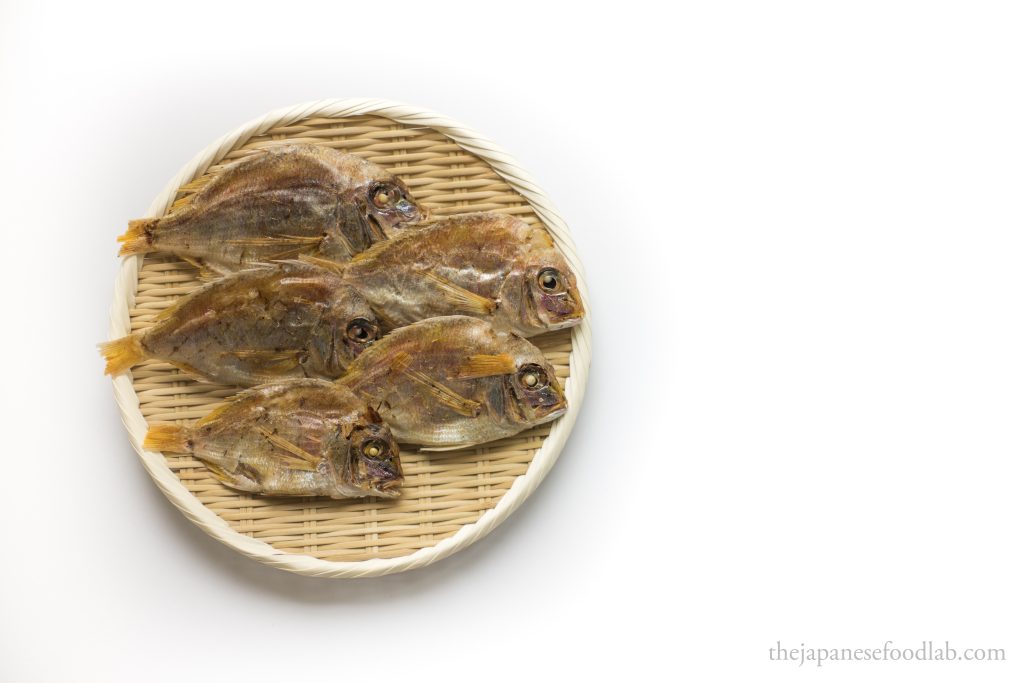
In Japanese cooking, the word niboshi (煮干し) is synonymous with the small dried fish used to make dashi stock. The three characters that make up the word gives us an insight into how it’s made, with the fish first being cooked by boiling in water (煮), before being dried out (干). The ‘shi’ character (し) refers to iwashi (いわし), the Japanese sardines from which niboshi is most commonly made.
Whilst straight forward at first glance, a closer inspection reveals the more diverse and sometimes confusing world of niboshi. Even in the English speaking world, most people wouldn’t be able to tell the difference between a sardine or anchovy, and so navigating the world of Japanese dried fish can be tricky. Most people’s first encounter with Japanese sardines are through sushi, but the small fatty fish used there is more specifically known as maiwashi (真), or true sardine. This is because there exists a myriad of different small sized fish that are known as iwashi in Japan, each with subtly different characteristics that are also processed for stock making. For example, Katakuchi iwashi or Urume iwashi. There also exist plenty more fish used to make niboshi, some of which are fresh water, and some which are juvenile versions of much larger fish.

Compared to Katsuobushi or Kombu, Niboshi also has an unfortunate reputation of only being used in cheaper and less refined dashi stocks due to association with an overpowering fishy aroma, with fine dining restaurants usually sticking with the former two ingredients. However, as many of the best soba, udon and ramen restaurants in Japan have shown, it is possible through knowledge and practice to extract a pure extraction of savouriness from different kinds of Niboshi to create a soup without any unwanted aromas.
Here, we wish to explore the myriad of dried fish that are collectively known as Niboshi, while also looking into how to prepare and store these fish.